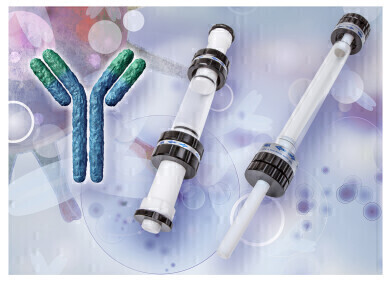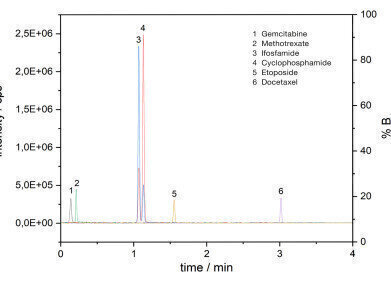Bioanalytical
Green Fluorescent Protein used to measure cell temperature
Mar 26 2012
Scientists in Spain have developed a method of using Green Fluorescent Protein (GFP) to measure the temperature inside cells.
The researchers, from The Institute of Photonic Sciences in Catalonia, Spain, developed the technique to measure the Fluorescence Polarization Anisotropy (FPA), which is where light coming off a fluorophore varies depending on the angle with respect to polarization at which it is being viewed.
Via Nanowerk, Jon Donner, one of the lead researchers of the study, explains that the technology leads to an "absolute temperature measurement", which is a significant advantage of using the technique.
The new procedure uses the polarized light that re-emits polarized fluorescence due to the random orientation of the molecular dipoles. When this temperature is increased, the Brownian rotational motion of the fluorophores is accelerated, leading to the molecules rotating more. The more they rotate the more the re-emitted photons will lose the memory of the incident light polarization, and therefore, the temperature increases leads to a decrease in the degree of polarization (anisotropy) of the fluorescence.
Posted by Neil Clark
Digital Edition
Chromatography Today - Buyers' Guide 2022
October 2023
In This Edition Modern & Practical Applications - Accelerating ADC Development with Mass Spectrometry - Implementing High-Resolution Ion Mobility into Peptide Mapping Workflows Chromatogr...
View all digital editions
Events
May 15 2024 Birmingham, UK
May 19 2024 Brno, Czech Republic
May 21 2024 Lagos, Nigeria
May 23 2024 Beijing, China
May 28 2024 Tel Aviv, Israel














